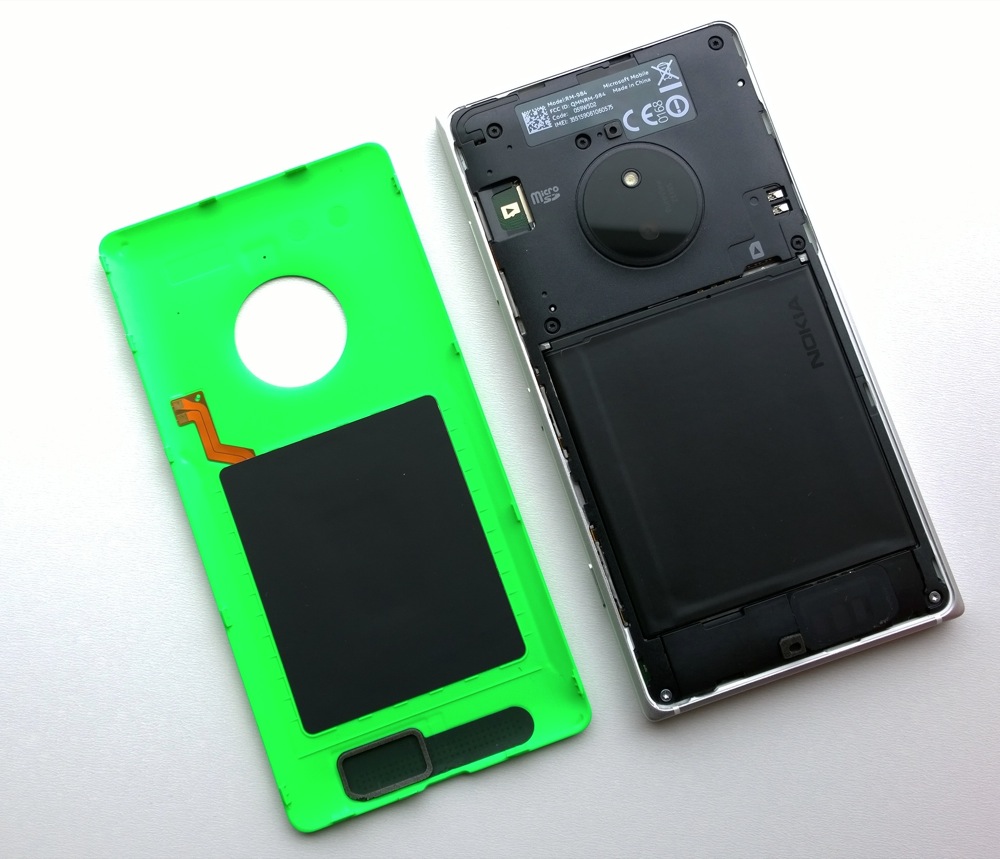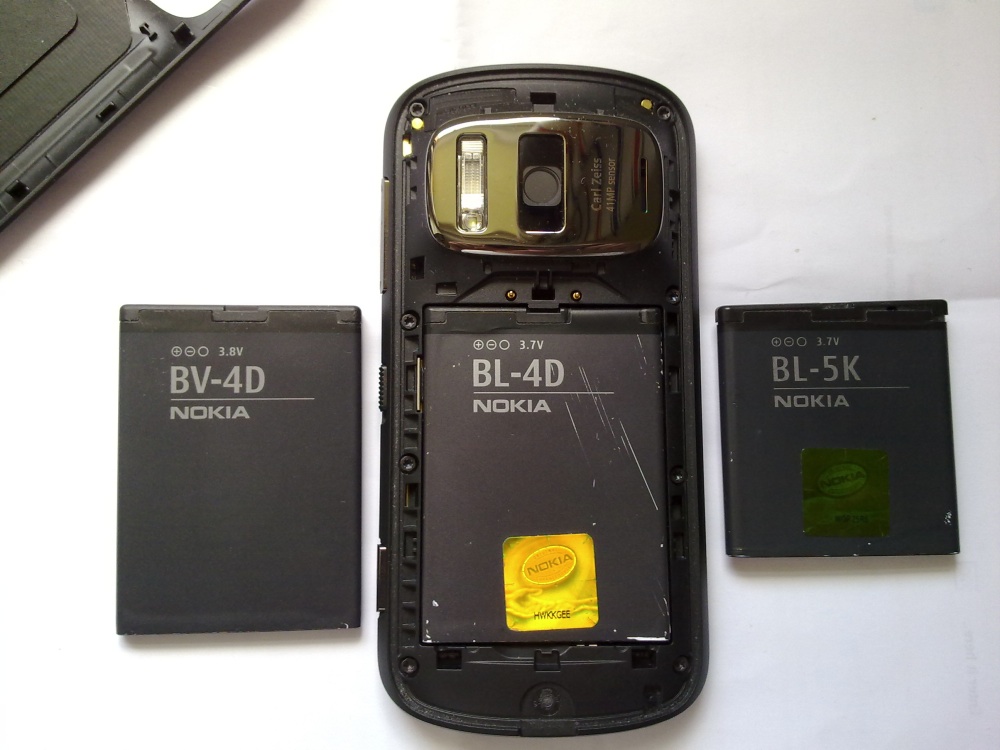
The concept is sound enough, of course - let the user swap out a phone battery that has lost capacity. Or perhaps keep a spare in the car glove box for swapping in the event of an emergency. Yet, across the board, replaceable batteries have died out, causing me to wonder what went wrong, in the face of seemingly equal pros and cons...
Quoting from my editorial 'Sealed vs user-replaceable batteries: is your phone battery doomed?' back in 2012 (and you'll note the article's age from the phone models mentioned!!), and highlighting the pane which needs expanding in green, for clarity:
| Sealed batteries (e.g. in Apple iPhone, Nokia E7, X7, Nokia Lumia 800, HTC Radar) | (Traditional) Replaceable batteries (e.g. Nokia N95, N97, E6, 808 PureView, Lumia 710, HTC HD7) | |
| Pros |
|
|
| Cons |
|
|
[End of quote]
I returned to this theme a number of times, most recently in 2015, in 'Does 'replaceable' matter in practice? A horrendously wasted opportunity...', which is a forerunner to today's ramblings.
The thing is that I was absolutely right in my analysis - all the factors, the pros and cons, above, are still true and still relevant. Yet almost every smartphone produced in 2018 has a sealed battery. What happened?
Looking at the three 'pros' for sealed batteries above, the first two are to do with design and robustness, and the trend to thinner, metal or glass unibody designs is inescapable, certainly above the budget phone price tier. Having a sealed battery is therefore a good thing and avoids having to compromise design or materials to accommodate a battery bay or release mechanism. But, looking at the table above, I still think that the arguments in favour of replaceable batteries match the design considerations. Not least to avoid the situation where a sealed phone like the Samsung Galaxy Note 7 starts catching fire all over the world because the internal battery was under too much mechanical pressure.
However, it's the third 'pro' for sealed batteries which was the clincher. The Note 7 aside, it's turned out to be far, far safer to have the phone's battery 100% under the manufacturer's control. In an ideal world, every phone would have a replaceable battery, these would be in a range of standard sizes (as with AA, AAA batteries, etc.), and you'd be able to pick them up with well known branding from any electronics outlet in any country. The reality has been very different though - even when smartphones generally had replaceable batteries, the cells were largely all different in size and shape and so no design or manufacturer ever reached economies of scale.
Which means that original batteries are expensive, which means that there's a market for cheaper, 'clone' cells, with much lower prices but also much lower quality and subsequent disappointing performance. And, no doubt, a poorer safety record when being charged.

Yet users, when faced with buying a £30 original battery or a £10 'clone', will usually vote with their wallets. Meaning:
- that their phone's battery life gets even worse, contrary to why they bought the replacement in the first place
- a very definite risk of fire when charging
- manufacturers see poor sales of replacement original batteries, so they wind down (or, in some cases, never start) production
It's all a bit of a vicious circle. Which of us hasn't bought a 'cheap' battery in the last decade, and been disappointed? Which of us hasn't bought a 'clone' ink cartridge for our home printer, only to find that printing isn't as good (surprise, surprise) as with the manufacturer's originals?
So we, the users, are ultimately to blame for the demise of replaceable batteries in smartphones. Manufacturers can't trust us to pay a sensible and appropriate price for what is the most crucial (and - literally - explosive) component in their phones.
In reality, even when devices like the Nokia 808 or Lumia 950 had a removeable back and therefore a battery bay, buying spare batteries was almost impossible. For example, in the last five years I've had hundreds of emails from people asking me where they can buy a spare BV-4D cell for a Nokia 808 PureView. And the short answer is that Nokia only really ever made enough for the phones they made and for repair centres. Ditto the (also classic) Lumia 950 - I'm not convinced that any batteries were made explicitly for retail.
With such lack of commitment from manufacturers, it's not surprising that sales of batteries were near zero, so a classic 'chicken or egg' situation.
In practice, most of us now live with phones with sealed batteries - and we manage. Li-Ion technology has improved and, if you look after your phone and don't keep running the battery down near zero then you can expect two or three years of decent life from it. After which, with useable capacity at (say) 70%, it's probably time to pass the phone 'down the chain' anyway, to a family member or a second hand shop, wherein the device has a new life in the hands of someone with lower budget but also lower expectations.
Yes, standard-sized, replaceable, recycleable batteries still make more sense in terms of ecology, but for all the reasons above we've ended up in a diametrically opposite world. And we manage.
Comments welcome.
